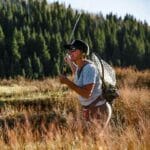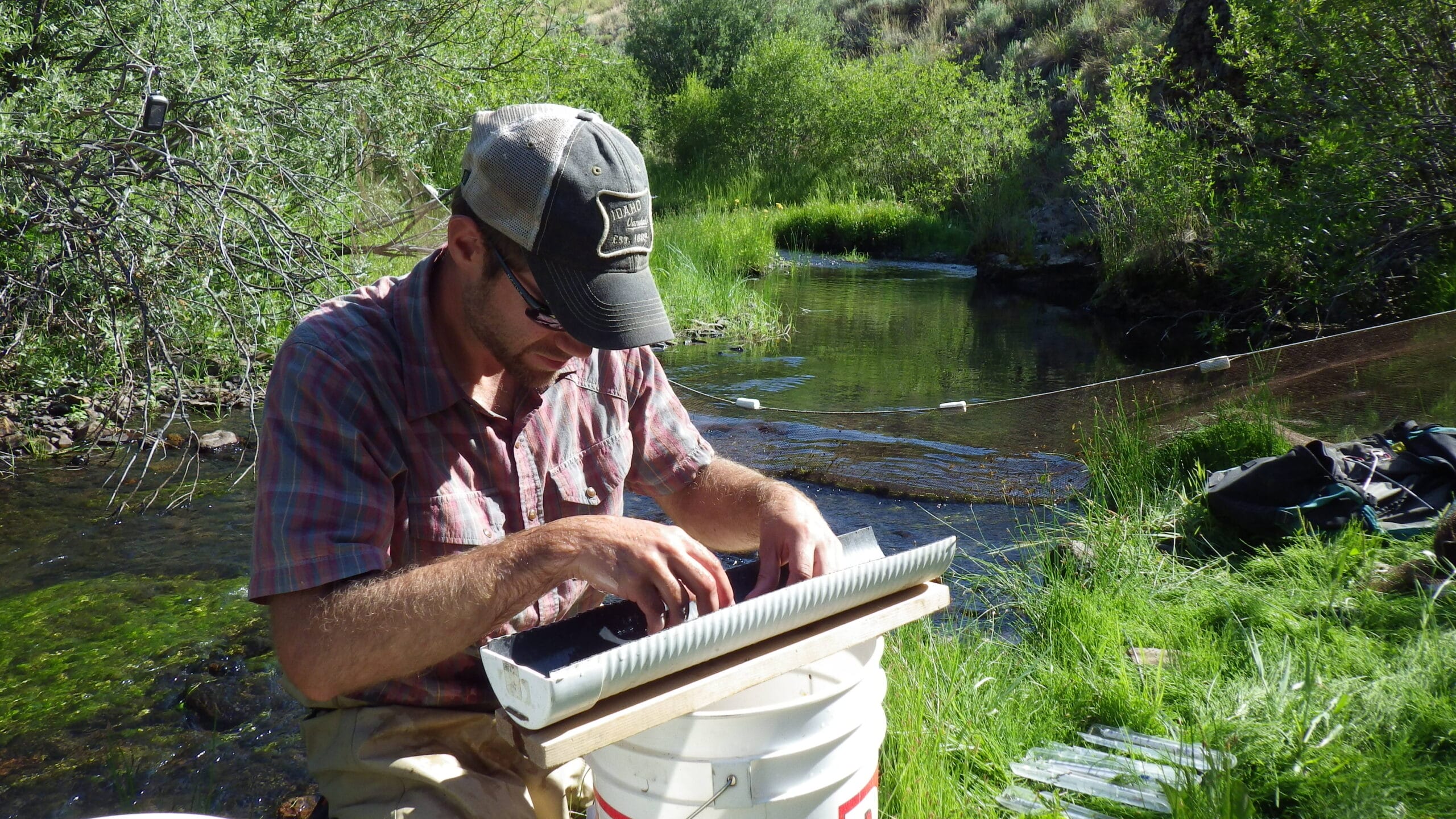One-time TU Science Intern, John Walrath, finds value in partnerships
John Walrath was already deeply immersed in the world of fisheries when he took a summer internship with TU’s Science team.
For his master’s program, John was studying the predation happening in Lake Coeur d’Alene on Westslope Cutthroat Trout by the resident smallmouth bass, and especially, it’s northern pike population. The Coeur d’Alene Tribe wanted the lake to be managed for the native Westslopes, so John’s work helped shed light on what was really happening and informed the ultimate management decisions for the lake.
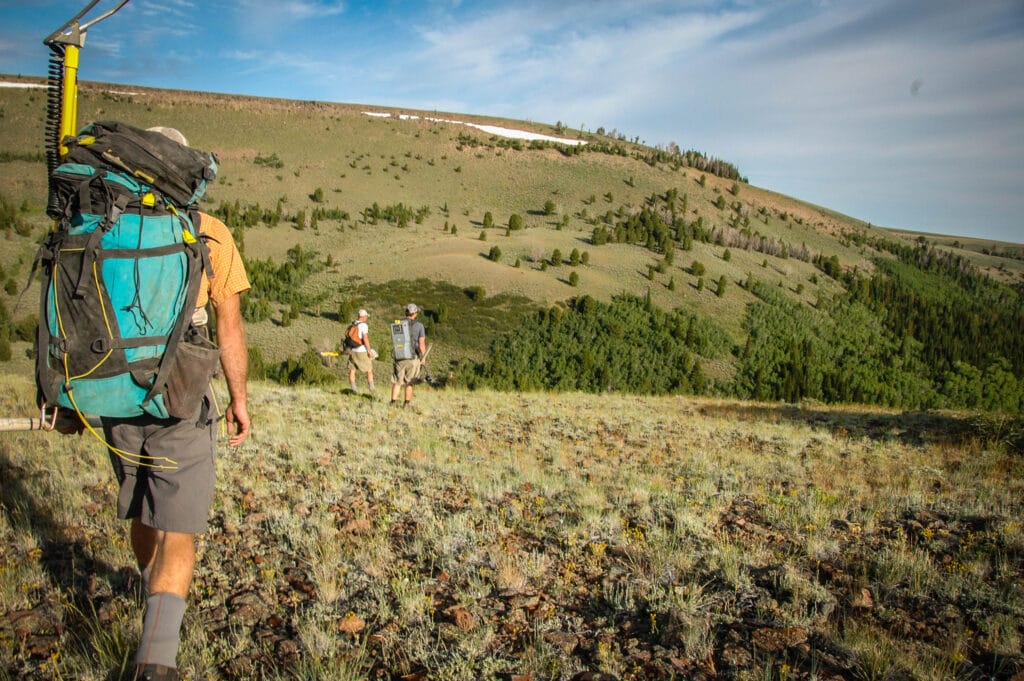
While finishing his master’s work at the University of Idaho, John was looking for permanent employment all the while knowing that on-the-ground job experience related to his field was invaluable.
John had completed work with state agencies in both Idaho and Nebraska where he received his undergrad degree. He worked with private institutions, on the federal side of fisheries and spent time working with the Nez Perce and Coeur d’Alene Tribes as well. What was missing was work on the non-profit side of the equation, so when a summer internship with TU came available, he jumped at the chance.
Non-profit Experience
In the summer of 2014, John worked with TU’s fishery science director, Dan Dauwalter on Goose Creek in Idaho on a BLM project looking at how habitat diversity was linked to fish diversity in Yellowstone Cutthroat Trout populations.
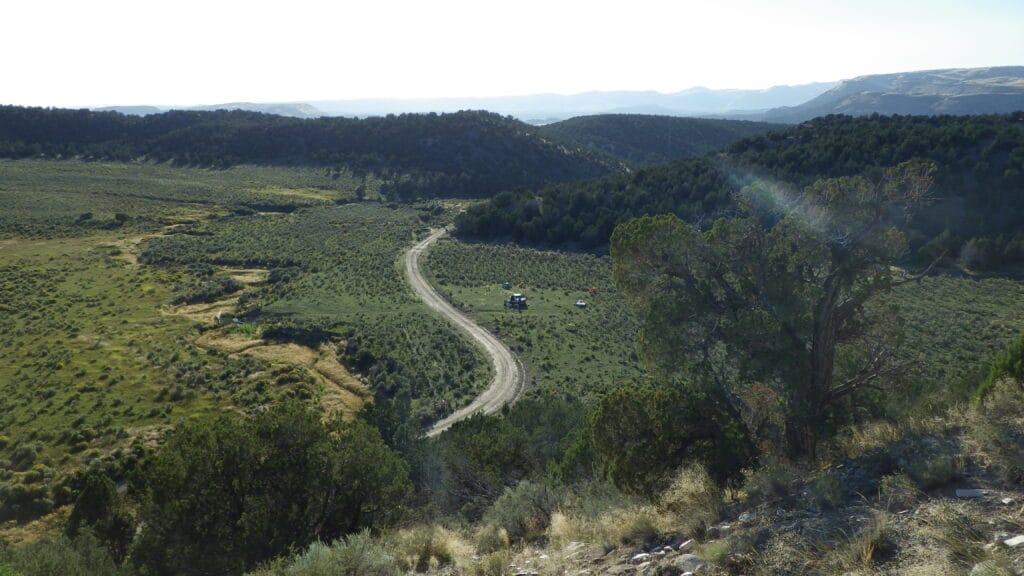
John and the others on the team would spend a week at a time in the field studying stream reaches by electro-shocking to study the fish assemblage and then document habitat characteristics such as riparian health, substrate composition, stream width, depth, velocity, and temperature among others. They would also backpack deep into the Jarbidge Wilderness in northern Nevada and added temperature loggers in the Ruby Mountains south of Wells, NV all in the name of collecting extensive data.
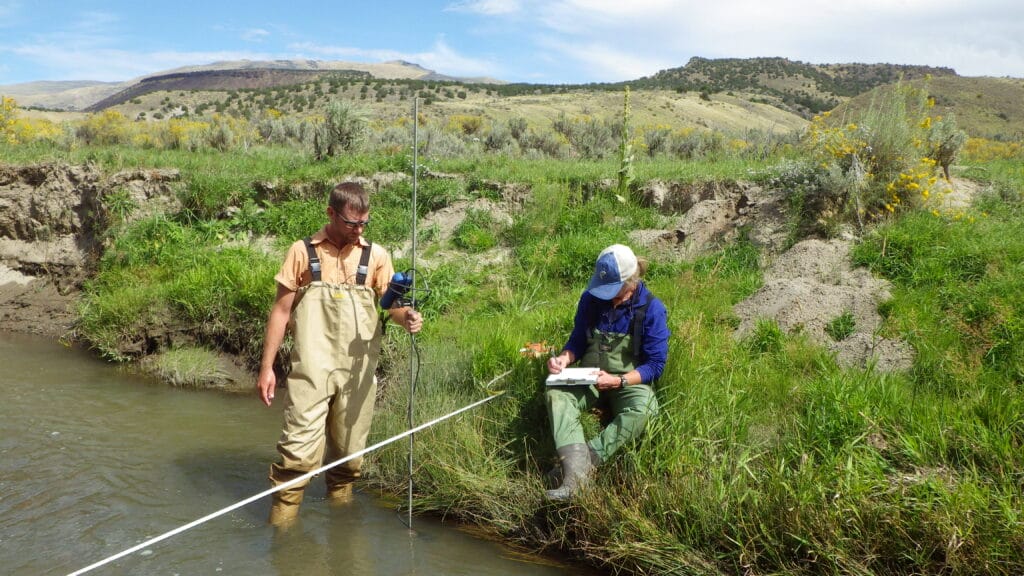
All this work was collected during the summer months before being compiled and analyzed in the fall. The end goal was to produce scientific papers – demonstrating the study’s scientific credibility – to understand how closely linked habitat diversity was to diversity in the fish community, how habitat diversity was linked to beaver dams and the distribution of a imperiled minnow species and how habitat diversity offsets the negative impact of non-native Brook Trout on native Yellowstone Cutthroat Trout. During his time at TU, John began to understand the value of working across the broad range of fisheries science. Nonprofits often don’t have to jump through as many regulatory hoops as state and federal agencies, but they are often understaffed and underfunded for projects, so partnerships between them prove invaluable.
Next Up
Once his summer internship was complete, John felt all the pieces were in place in terms of his education to accept his dream role of Fisheries Biologist for Wyoming’s Department of Game & Fish. Based in Green River, WY, John studies the health of the fish populations in Flaming Gorge Reservoir, just starting his 10th year in that role.
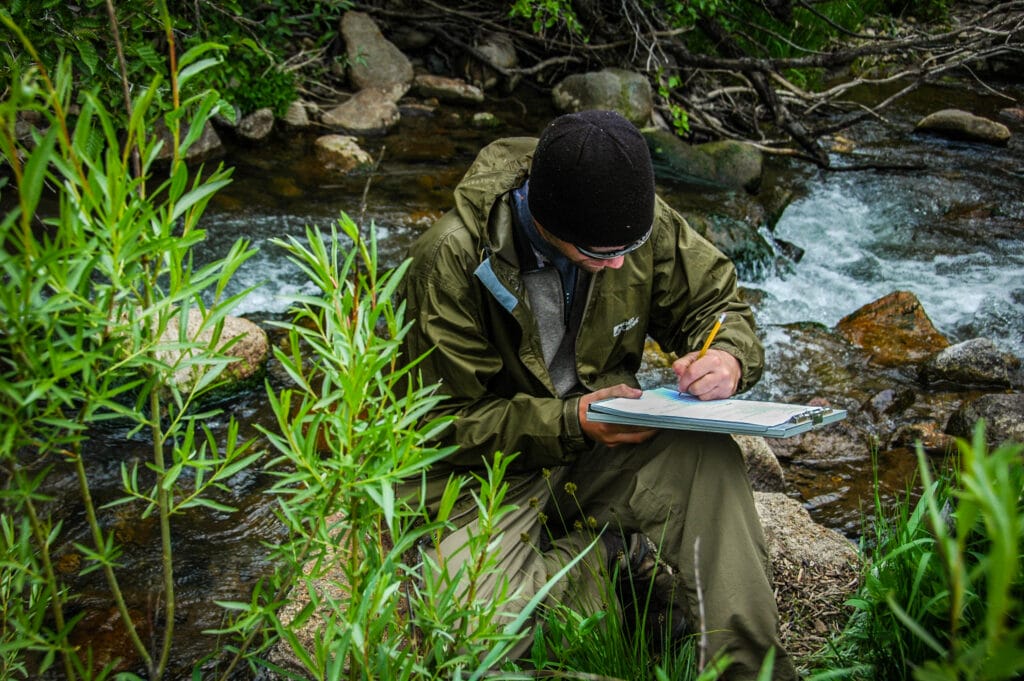
His focus is on fisheries management to maintain the best possible fishery for anglers. He studies kokanee and lake, rainbow, brown and Bear River cutthroat trout, which are favorites of many anglers. Another area of study is on burbot and their devastating impact on the smallmouth bass population and complete deletion of the crayfish population. Given their devastation, the Department helped implement first of their kind fishing regulations including: if you catch them, you must kill them and there is an unlimited harvest; anglers can also use artificial light to fish for them and can use six lines when winter ice fishing.
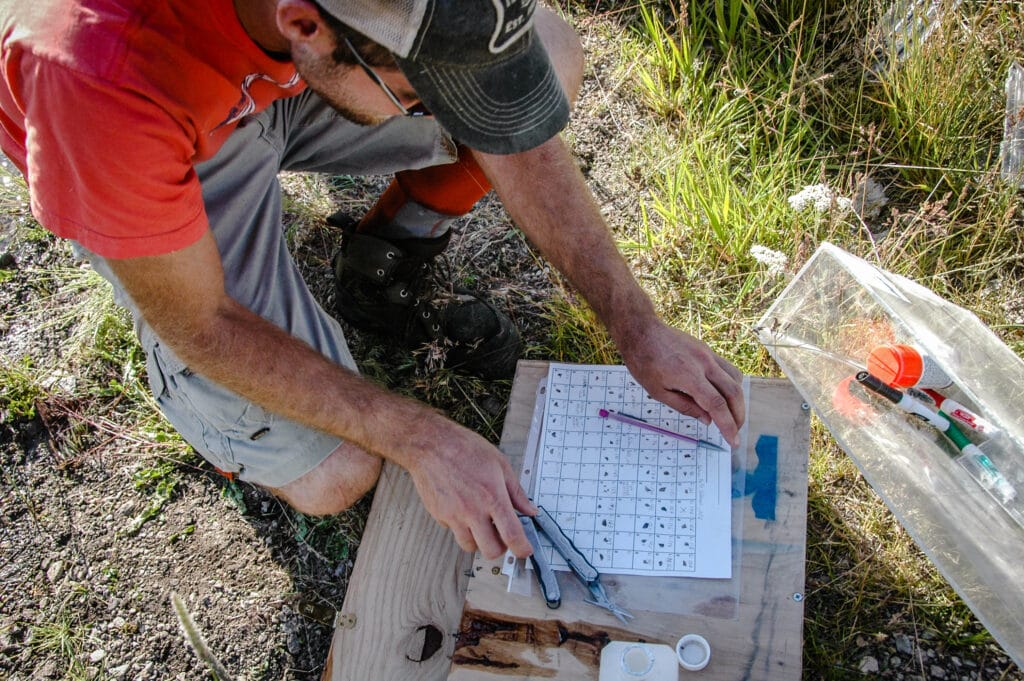
He and fellow biologists are more recently studying the interaction between the kokanee and lake trout. He’s researching what lake trout are eating and what proportion of their diet consists of kokanee. They recently completed a population estimate on lake trout and determined there to be roughly three times more now than in the 1980s.
He is also coordinating efforts with Utah since the reservoir spans the two states and is currently in the modeling stage to determine what management actions to recommend to the public. Before recommendations are finalized, he is also spending time making sure the public is seeing the data that will be used to make recommendations. He’s completed open houses to share this data with the public and also has a presentation posted on the Flaming Gorge Reservoir Management website.
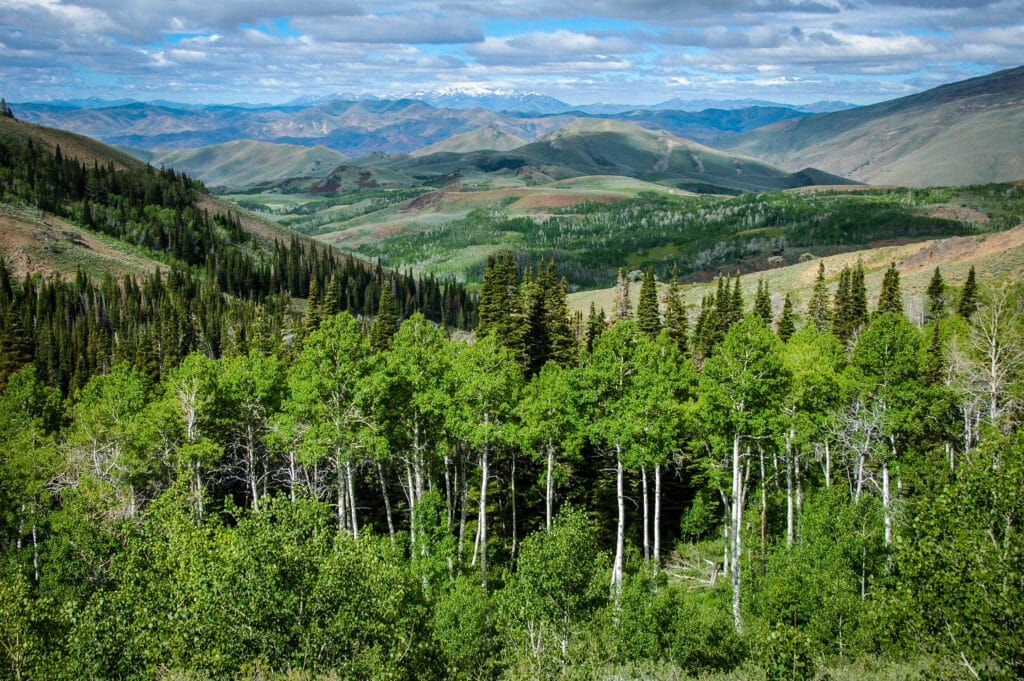
It is imperative to have the data to support the action recommended, so without his time learning what all goes into gathering this information during his time as a TU intern as well as the other entities, John wouldn’t have the impressive background knowledge to make such important decisions.
He valued his time working with a nonprofit and it giving him the insight to understand how partners can help achieve specific goals in his current role as fisheries biologist. Both TU and state agencies are working to conserve fish populations for future generations. He met amazing personnel during his internship and is thrilled he still gets the opportunity to work with these same folks as a regional biologist for the conservation of fish.


